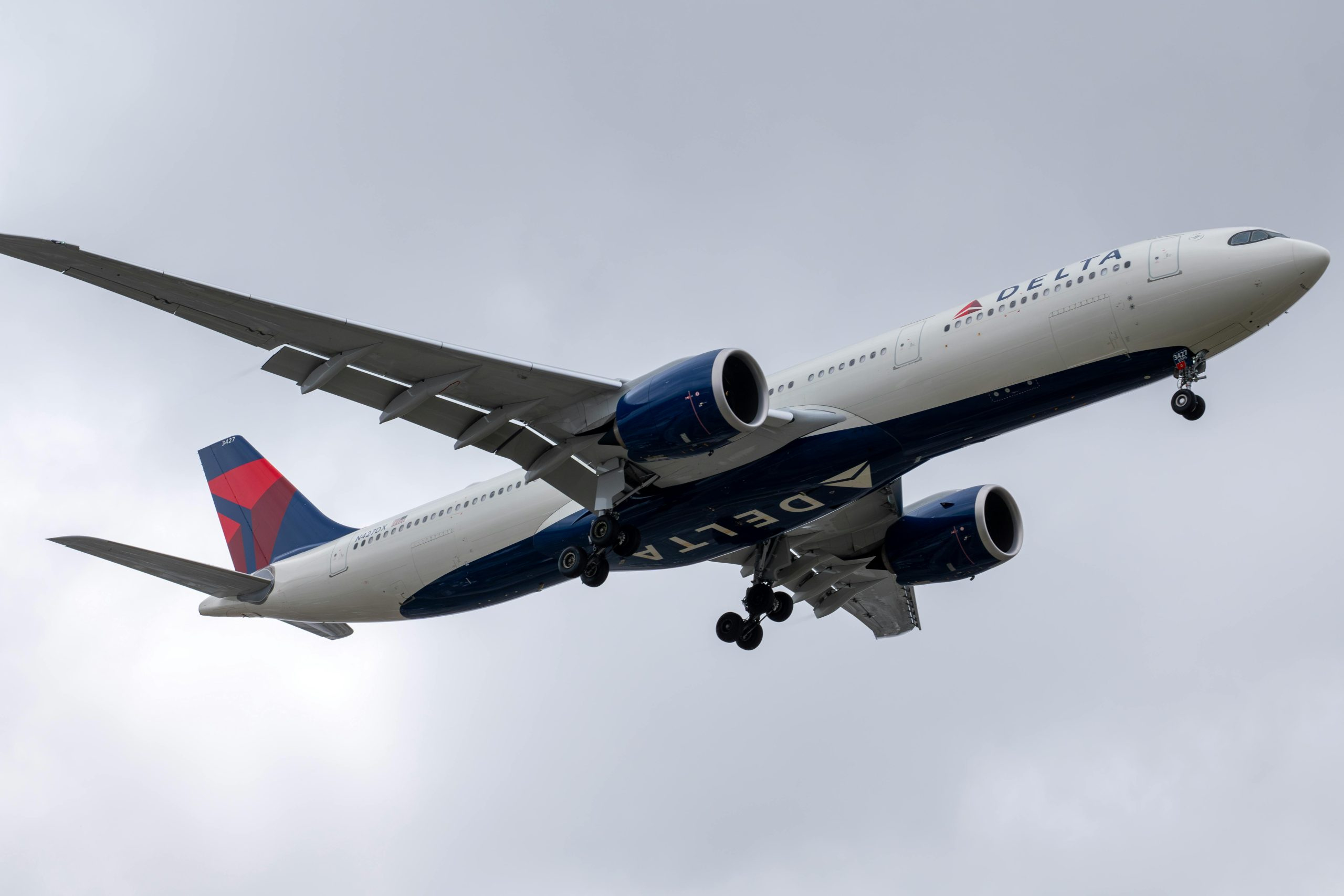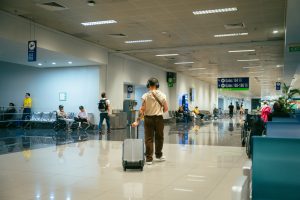Flight Attendant Secrets About Airplane Safety Procedures
If you have ever flown on an airplane, chances are you have been given the standard safety spiel by the flight attendants before takeoff. You know the one – “in case of emergency, fasten your seatbelt, put on your oxygen mask before helping others, and locate the nearest emergency exit”. While these procedures are necessary for ensuring the safety of passengers, there are actually some lesser-known secrets that flight attendants know about airplane safety procedures. In this article, we’ll reveal some of these secrets and give you a sneak peek into the not-so-obvious safety measures that flight attendants follow on every flight.
The Importance of Pre-Flight Checks
Before passengers even board the plane, flight attendants go through a series of pre-flight safety checks. These checks involve inspecting the aircraft for any potential safety hazards and making sure all emergency equipment is in working order. This includes checking the first aid kit, oxygen masks, fire extinguishers, and slide rafts. Additionally, flight attendants perform a walk-through of the cabin to ensure that all seats are in upright position and all carry-on luggage is stowed away properly. These meticulous checks are crucial in ensuring the safety of passengers in the event of an emergency.
Cabin Crew are First Responders
In case of an emergency, flight attendants are trained to be the first responders. They undergo rigorous training in first aid, CPR, and emergency procedures to be able to handle any situation that may arise during a flight. In fact, there is typically at least one qualified medical professional on board every flight to assist the crew if needed. These individuals are often fellow passengers who volunteer their medical services in case of an emergency.
The Real Purpose of Dimming the Lights During Takeoff and Landing
You may have wondered why the cabin lights are dimmed during takeoff and landing. Many people believe it is to help passengers sleep or to create a calming ambiance, but the real reason is actually for safety purposes. In the event of an emergency evacuation during these critical phases of the flight, it is important for passengers’ eyes to be adjusted to low light conditions so they can see and follow the emergency lighting to the nearest exit.
Emergency Evacuation Procedures
One of the most important and well-known safety procedures is the use of seatbelts during takeoff and landing. But did you know that flight attendants are trained to also use hand signals to indicate when it is safe to unfasten seatbelts and move about the cabin? This is especially important in the event of turbulence or other unexpected situations. Flight attendants also undergo extensive training in emergency evacuation procedures, including how to safely use and inflate life vests, open emergency exits, and deploy slide rafts.
Secret Codes and Signals
Have you ever noticed a flight attendant giving a thumbs up to a fellow crew member during takeoff? This is actually a secret signal used by flight attendants to indicate that all emergency exits have been properly closed and secured. Additionally, flight attendants use a series of codes and hand signals to communicate with each other in case of an emergency. These codes are designed to keep passengers calm and maintain order in a stressful situation.
It’s Not Just About the Safety Demo
The safety demo before takeoff may seem repetitive and boring, but it is actually a crucial part of ensuring the safety of passengers. Flight attendants are required to perform this demonstration before every flight, and they do so with incredible attention to detail. They go through the motions of putting on a seatbelt, using an oxygen mask, and inflating a life vest with precision and accuracy. This not only helps passengers understand the safety procedures, but it also serves as a refresher for the crew.
Keeping Calm Under Pressure
In addition to ensuring the safety of passengers, flight attendants are also trained to keep calm in high-stress situations. They are trained to remain calm and composed even in emergencies, so that they can effectively guide passengers and take control of the situation. Flight attendants are also trained in de-escalation techniques to handle any conflicts that may arise between passengers during the flight.
In conclusion, while the safety procedures on airplanes may seem straightforward, there is much more to it than meets the eye. Flight attendants go through extensive training and follow strict protocols to ensure the safety of passengers during every flight. Thanks to their diligence and expertise, you can fly with peace of mind knowing that you are in capable hands.









